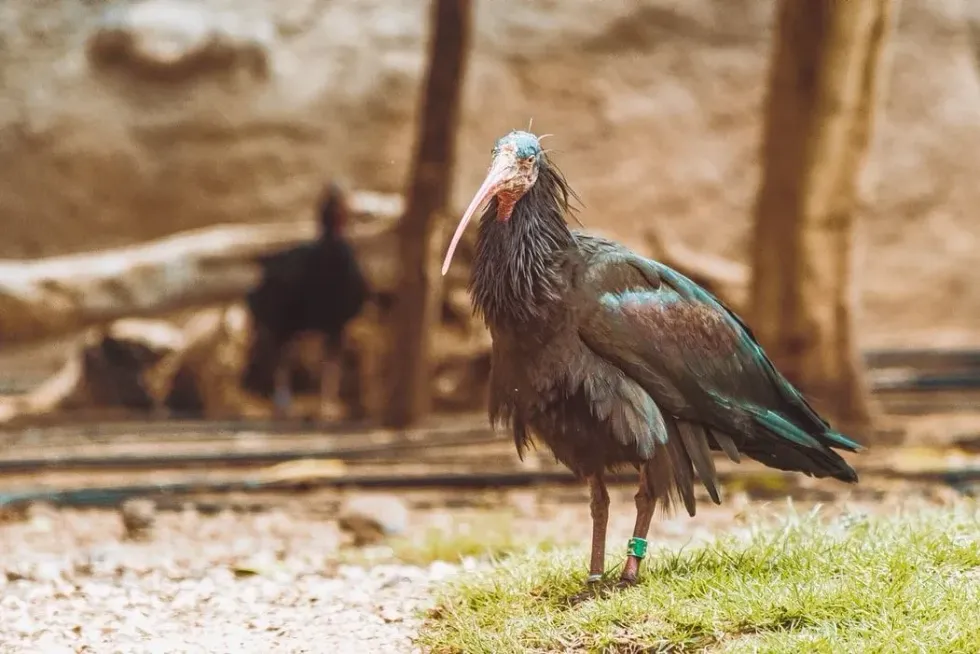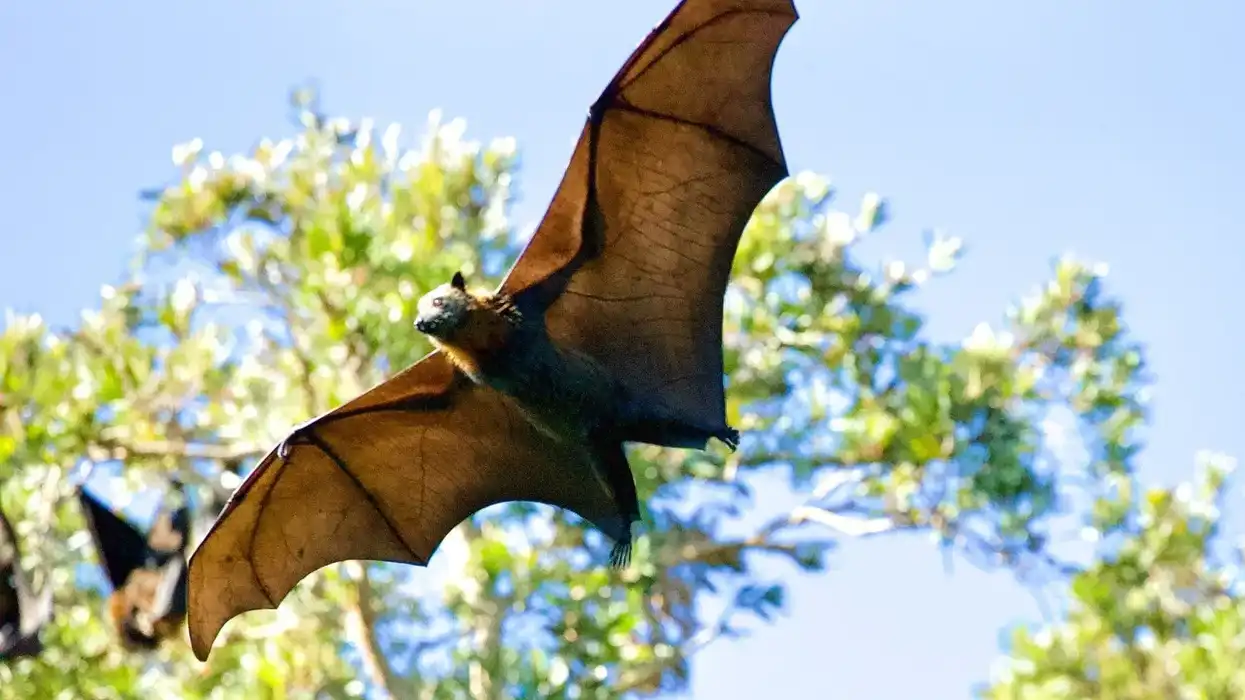It is really essential for us to learn about the northern bald ibis, especially because their population is on the brink of extinction. As a result, it is important to spread the word about this species so that more people are aware of the risk they face.
Their main threats are induced by human beings. The primary threat to their existence stems from hunting practices.
Other threats include excessive use of pesticides in their habitats, resulting in a consequent habitat loss. Due to such a habitat loss, the northern bald ibis has been forced to leave behind many of its prior homelands.
Such places included the Middle East and North Africa.
They were also residents of the European part of the Alps, at a point of time before the 1900s. Following this time period, their population began to be only found in Turkey and Morocco, with Syria being their breeding ground.
Owing to these causes, conservation efforts are being made to preserve their population. Keep on reading to know and learn more about the bird so that you, too, can take an informed step towards their conservation efforts.
For more similar content, check out articles on dodo facts and hawk facts.
Northern Bald Ibis Interesting Facts
What type of animal is a northern bald ibis?
The northern bald ibis (Geronticus eremita) is a type of bird.
What class of animal does a northern bald ibis belong to?
The northern bald ibis (Geronticus eremita) belongs to the class Aves.
How many northern bald ibises are there in the world?
The exact population of the northern bald ibis is not exactly known. At present, there are approximately 2000 captive or pet northern bald ibises. As of 2019, 250 individuals of this species were residents of Morocco; Syria was home to fewer than 10 northern bald ibises.
Where does a northern bald ibis live?
Earlier, the northern bald ibises were dwellers of the northern regions of Africa, the European Alps, and the Middle East. After the 1900s, bird species were not found in these locations anymore. Hence, they are recognized as a Critically Endangered species by the International Union for Conservation of Nature (IUCN) Red List.
Currently, the ibis population is mostly concentrated in Morocco. These wild birds can also be found in Turkey.
These birds perform migration during the breeding season. The countries of Saudi Arabia and Jordan fall under their migration route. After migration, the bird settles in the city of Tiyas in Syria in order to breed.
What is a northern bald ibis' habitat?
This Critically Endangered species can be found in a desert habitat. Steppe regions are also home to this bird. Elevated cliffs, and rocky regions that are situated adjacent to river beds, are used as feeding grounds by the bird. Such cliffs may have a height of 4593 ft (1400 m).
Who does northern bald ibis live with?
The northern bald ibis is considered to be a colonial bird. These birds live in groups or flocks. They can be observed flying in flocks over their migration route. During the breeding season, they can be seen forming pairs within the flock.
How long does a northern bald ibis live?
On average, the wild northern bald ibis lives for a span of 10-15 years. On the other hand, their average lifespan in captivity ranges from 20-25 years. The glossy ibis, in comparison, lives around the same age range.
How do they reproduce?
These birds mate for life. They are known to attain their sexual maturity at the age of three to five years. The month of February marks the onset of the mating season.
There is a special type of call known as the croop call, using which they look for a potential mate. Unlike most other bird species, it is the male northern bald ibis who builds the nest.
The female then chooses her partner based on the nest built by him. The female lays her eggs around the months of March or April. As many as four eggs are laid per clutch.
The incubation period lasts for about 24-25 days. Both the parents incubate the eggs.
Additionally, both the male and female look for food and subsequently feed the young ones after the eggs hatch. It takes approximately 40-50 days for the hatchlings to be able to fly. Moreover, the young ones need up to four months to become independent.
What is their conservation status?
As per the International Union for Conservation of Nature (IUCN) Red List, these birds are a Critically Endangered species. They are Critically Endangered because of their negligible number of the remaining population.
Moreover, this species has disappeared from some of its earlier grounds. Since the 1900s, their numbers have seen a dramatic decline.
Various regions on the globe have been made into a sanctuary for these birds as part of the northern bald ibis conservation and protection approach. The species have been reintroduced into some parts of the world which were home to them priorly.
Spain can be cited as an example in this regard. This has been done for the protection of their population and the expansion of their population across the world.
Northern Bald Ibis Fun Facts
What does the northern bald ibis look like?

The most distinctive physical feature of the northern bald ibis is that their face is devoid of any feathers. These feathers have a glossy appearance. Due to their shine and color, the plumage acts as camouflage while the bird sleeps.
This prevents an attack from predators. The rest of their body is covered in black plumage. Their beak is a dull shade of red.
The skin on their face also shows a similar coloration to their beak. However, the red of their beak is much more prominent. Their long, curved beak may range across a length of 5.1-5.3 in (130-135 mm). This length may differ from males to females.
The plumage around their neck has a puffed-up appearance that does not seem to fade. These feathers are collectively called the wispy ruff. This covers their head when they sleep.
How cute are they?
This species does not look cute at all. They have bald faces. Their feathers are mostly black in color. Overall, it can be said that they have a grotesque appearance. The American white ibis, in contrast, looks very cute and adorable.
How do they communicate?
The birds of this species communicate through sound, vision, and touch. They also have the ability to perceive via chemical signals.
They use various calls, mostly during mating or territorial fights. A particular call, known as the croop call, is used by them for attracting a mate. The calls of the males have a deeper pitch than that of the females.
Similarly, the call of adult northern bald ibises differs from that of the northern bald ibis offspring. The northern bald ibis adults give out higher and louder calls than their young ones.
How big is a northern bald ibis?
The birds of this species measure about 27.6-31.5 in (70-80 cm) in length. The northern bald ibis wingspan ranges across 47.2-55.1 in (120-140 cm). In comparison, the giant ibis is almost 10 in (25cm) bigger than the northern bald ibis.
How fast can a northern bald ibis fly?
The exact speed at which a northern bald ibis flies is unknown. However, some similarities can be drawn from another species of the ibis, the sacred ibis, that flies at a speed of 23.9 mph (38.4 kph).
How much does a northern bald ibis weigh?
On average, this species weigh 1.7-3.1 lb (0.8-1.4 kg).
What are the male and female names of the species?
The male bird of most species is called a cock, while the female of the species is termed as a hen.
What would you call a baby northern bald ibis?
The baby bird of the species is known as a chick.
What do they eat?
This species is omnivorous by nature. As a result, they consume both vegetation and other animals. They can be seen feeding on insects and worms.
They also consume spiders and reptiles like lizards as well as snakes that are common in deserts. At times, they can be seen eating small birds and mammals too. Fish also falls under their diet along with fruits.
Are they poisonous?
No, the northern bald ibis is not a poisonous bird.
Would they make a good pet?
These birds are crictically endangered therefore are not allowed to be kept as pets.
Did you know...
Northern bald ibises are known to fly quite high. Although the exact height of their flight remains unknown, generally, birds of the ibis species fly so high that they have been known to come in the way of aircraft.
Are they predators?
No, they are not predators.
Why is the northern bald ibis endangered?
This species face endangerment mostly due to human activities. The main threats to their life include hunting. Another life-threatening act apart from hunting is the use of pesticides. They also suffer from habitat loss.
Here at Kidadl, we have carefully created lots of interesting family-friendly animal facts for everyone to discover! Learn more about some other birds from our magpie facts and Cooper's hawk facts pages.
You can even occupy yourself at home by coloring in one of our free printable ibis coloring pages.









